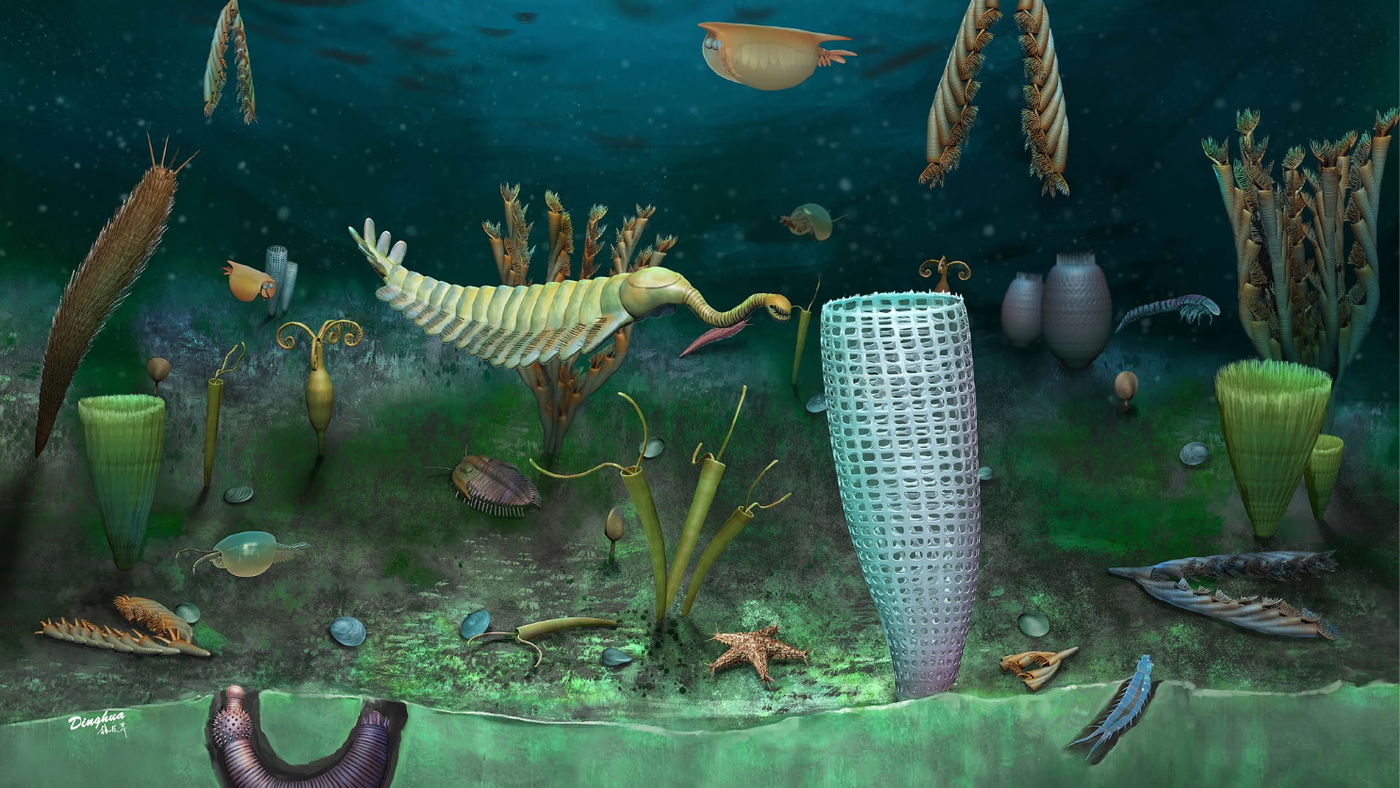A fossil site in Wales has revealed incredible finds from 462 million years ago, including the preserved eyes and brains of very different creatures among an array of species unknown to science. Published in the scientific journal Nature Ecology, the study on fossil deposits describes findings from the site called Castle Bank.
There, a veritable treasure is preserved, consisting of creatures with soft bodies and organs, which barely survive the fossilization process. The richness of the place has drawn comparisons to such prolific sites as Burgess Shale in Canada and lively Qingjiang in China. However, Castle Bank is younger than 50 million years, and gives scientists a unique glimpse into an era that supported life with soft and varied structures – the Ordovician (from 485.3 to 443.8 million years ago).
New and old species
According to scientists’ reports, more than 170 species of creatures have been found at the site, most of which are still unknown. Among them, there are exotic examples from the late Cambrian period, such as the strange opaines (Opabenia), aquatic organisms that look like arthropods, but possess a proboscis with teeth at the end.
There are also early examples of animals that evolved into current species, such as barnacles and shrimp, and unidentified creatures, such as a six-legged insect-like creature, remnants of eyes and brains. There were other animals known but now extinct, such as the fossilized digestive systems of trilobites, as well as whole worms and sponges.
Keen researchers say they find something new every time they visit the site again. It is believed that it would take decades to decipher all the knowledge that the site provides. Incidentally, the exact location is kept secret at the request of the owner, and is only described as “a small quarry in a sheep field”.
The couple responsible – Joseph Botting and Lucy Muir – discovered the site in 2020, while in isolation via COVID-19, and spent more than 100 days studying it. Since they are independent researchers, they had to use crowdfunding to obtain the equipment needed for the study, such as a microscope to check the details—some of the fossils are just 3 millimeters long. Later, an international team of researchers joined them to complete the survey.
The environment preserved at Castle Bank may have been a nursery for younger animals, according to one theory sparked by the research, since there are only juvenile examples of the more common trilobites (Ogyginus corndensis), but the small size raises another intriguing possibility: that it would be a feature of the local community, because its miniaturization is “impressive,” as the scientists put it.
source: nature and its evolution

“Coffee trailblazer. Social media ninja. Unapologetic web guru. Friendly music fan. Alcohol fanatic.”

